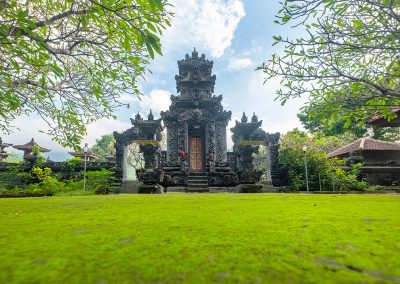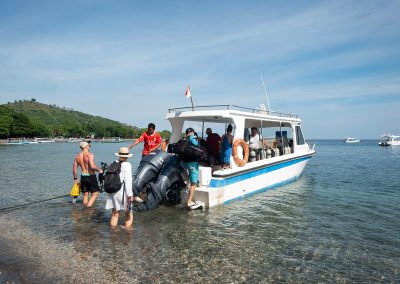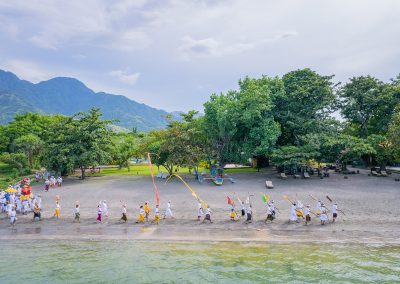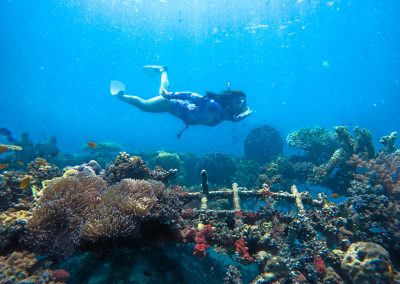"I GUSTI AGUNG PRANA is the driving force behind the success of Pemuteran Tourism Village, which is now recognized as one of the world's premier tourist destinations."
About Pemuteran
The story began in 1989 when I Gusti Agung Prana, affectionately known as Gung Prana, held a vision for his village. He believed that a village that had experienced natural damage to its sea could be transformed into something similar to Nusa Dua. Gung Prana initiated this transformation by rallying the community to commit to protecting the environment following their communal prayers at the temple. The people of Pemuteran pledged not to harm nature and were ready to safeguard it should anyone threaten it. After these shared prayers, the local community ceased causing harm to nature.
Coral reefs were nurtured and restored, also clean water sources, once scarce, became abundant, finally now accessible to all. The water source could be shared among residents, and the community abandoned the use of seawater for bathing and washing. Gung Prana took his belief a step further by establishing the Karang Lestari Foundation, which served as a place for collecting donations from his friends and colleagues to further develop Pemuteran. To prove the potential of his vision, Gung Prana began by constructing a modest house, which would later become the village’s first homestay for guests. In just six months, the beauty of Pemuteran caught the attention of the public.
Awards
Pemuteran Village’s commitment and hard work have been rewarded with numerous accolades over the years. These include the Konas Award for the Best Coastal Management Project by the Karang Lestari Foundation in 2002, the Best Underwater Air Ecotourism Project award by SKAL International in 2002, the Tri Hita Karana Award, and the Sustainable Tourism Development award in 2012, among many others.
Coral Reef Restoration
The journey of ecotourism in Pemuteran had its beginnings, and the initial coral reef restoration efforts from 1992 to 1996 yielded promising results. As tourists started to arrive, they brought a sense of prosperity to the village, with residents’ homes becoming popular stops for these visitors. The success of coral reef growth in this area owes much to the support of two renowned coral reef scientists, Wolf Gilbert and Tom Guroau. In 2001, they contributed to and conducted research on the development of biorock technology.
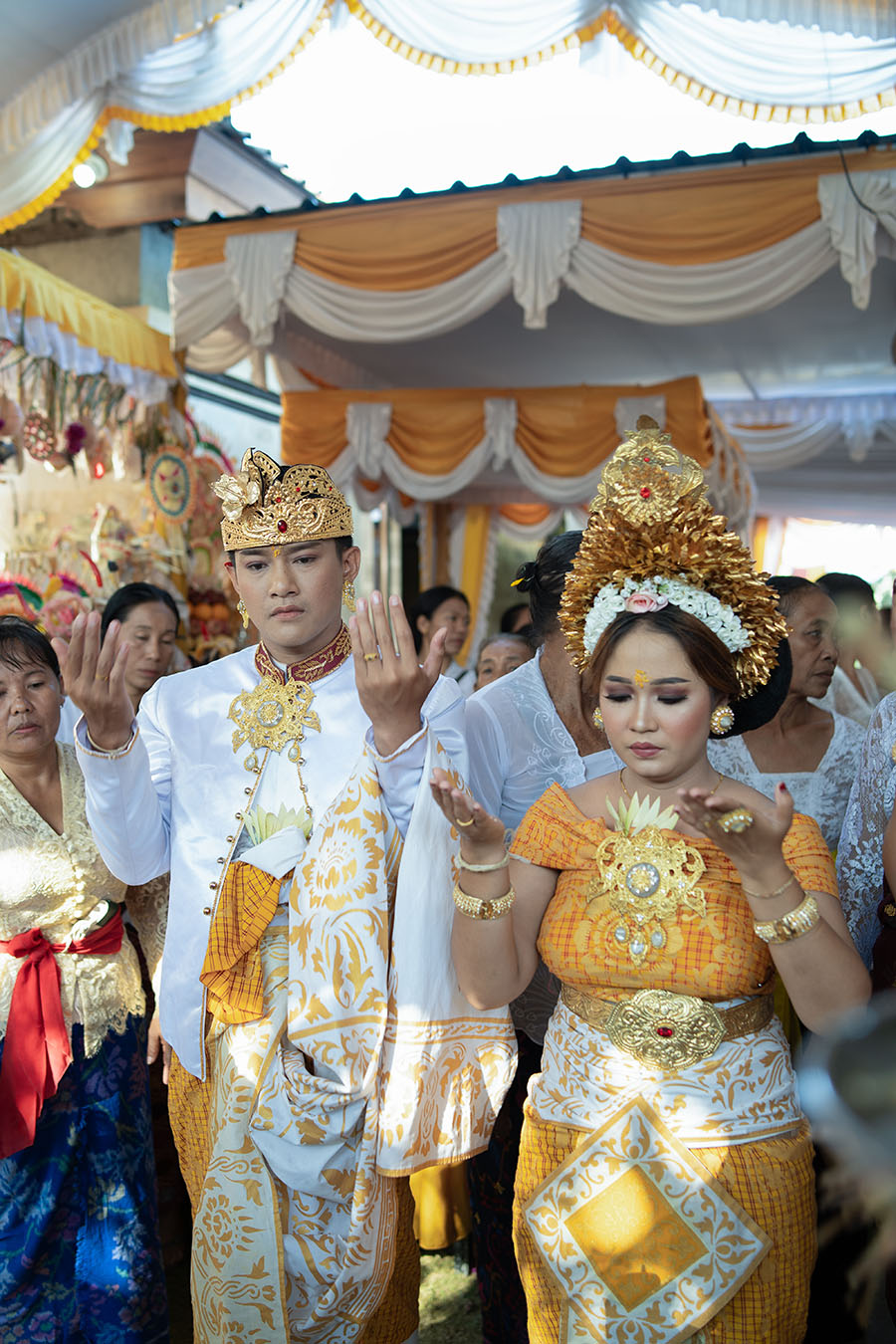
History
It is worth noting that a significant number of Pemuteran residents originated from Seraya Village in Karangasem Regency. This migration tale has its roots in the eruption of Mount Agung. When Mount Agung erupted, many people from Seraya Village in Karangasem Regency decided to leave and made their homes in Pemuteran Village. This unique historical context resulted in a notable cultural exchange, with the people of Seraya Village bringing their customs to Pemuteran.
According to ancestral stories, the name “Pemuteran” is believed to originate from the word “memutar” which means “to turn direction/to turn around”. This is attributed to the presence of Mount Pulaki, which forms the eastern boundary of Pemuteran Village. Mount Pulaki, located near the coast, obstructs the movement of large vehicles from west to east and vice versa. As a result, large vehicle drivers must acknowledge that their journey stop at Mount Pulaki.
In 1989, a tour guide named I Gusti Agung Prana recognized the great potential within Pemuteran Village. With an unwavering determination, he established a homestay called Pondok Sari. Since then, Pemuteran Village has seen the establishment of numerous resorts, villas, homestays, restaurants, dive centres, art shops, and more. I Gusti Agung Prana’s actions paved the way for the development of tourism in the village, ultimately making it a renowned and a much loved tourist destination in Bali.

